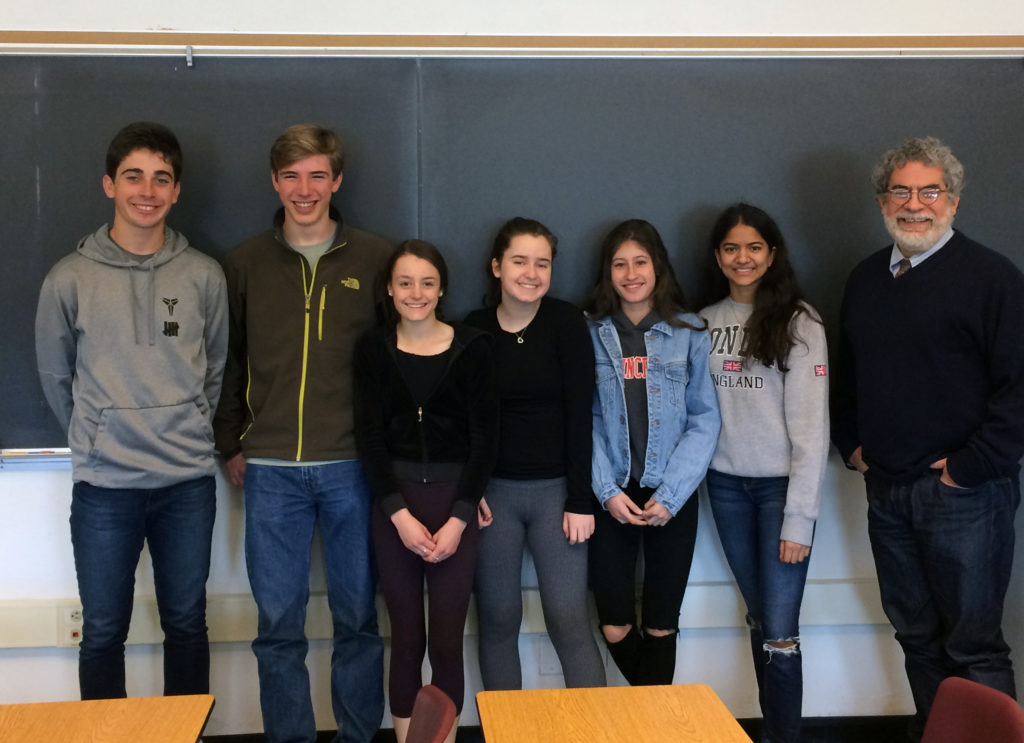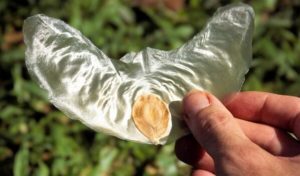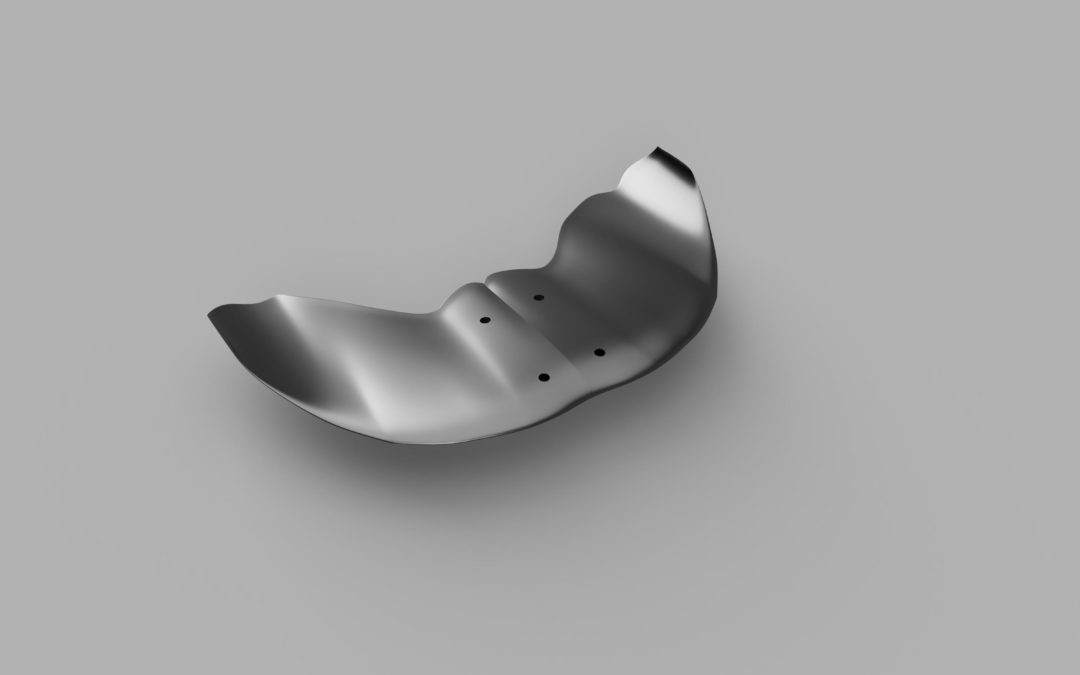What would our world look like if we had an education system with environmental literacy deeply embedded, and how does biomimicry give youth a means to take control of their own future? In this presentation, a YDC team member speaks about their biomimicry inspiration on-stage at Bioneers 2019.
In 2019, a team of high school students from Larkspur, California wanted to create a more efficient underwater energy generator to take on one of the largest contributors to greenhouse gasses: electricity production. Inspired by the winged seeds of the Javan cucumber (alsomitra macrocarpa), they devised a passive control system for tidal kites, which “float / fly” in ocean currents to generate energy, and are especially useful in waters with slow currents.

Traditionally, these tidal kites have required active control systems, which come with maintenance issues and parts that need to be repaired (underwater) more often. Caleb Jordan-McDaniels, a budding biologist and engineer, and his team hoped to revolutionize this ocean-based energy system. They looked to nature for inspiration, first researching the methods used by an ocean-dwelling species known as Velella velella that has evolved to ‘sail’ across the ocean’s surface and then at sycamore samara—winged seeds that helicopter down to earth. Although both species have unique ways of moving through fluids, neither was quite right, and after further research, the team found the Javan Cucumber.

Image credit: AskNature.org
The shape and aerodynamic performance of the giant seeds of the Javan cucumber inspired the High School team to create a design that passively maintains stable spiral flight using an asymmetrical form. “Stable flight is attained through several mechanisms including swept wings which allow for pitching stability, washout in order to prevent stalling and undesired spinning, and, perhaps most importantly, dihedral wing angle which brings considerable spiral stability.” Using 3D modeling, they devised and tested a high-performing kite design that could increase the efficiency of tidal energy generation.
The project was a result of the Biomimicry Youth Design Challenge (YDC), a free project-based learning experience created to introduce middle and high school students to nature-inspired design and innovation. The YDC offers tools and resources to make it easy for educators to build creative and engaging learning experiences that strengthen critical thinking skills for their students. The lessons are rooted in science standards and infused with environmental literacy that helps students reconnect with the natural world and design within its context. The team went on to win first place, and was then invited to speak at the annual Bioneers conference.
In this video, Caleb walks us through how his team arrived at this innovative, biomimetic approach to electricity generation.
We’ve heard the demands from youth for climate action. They’re tired of waiting for the adults to make something happen, so they’re taking their future into their own hands. If all the world’s young adults had access to the wonders of nature’s wisdom and were empowered to act with environmental literacy, and a regenerative sustainability ethos, we could see a very different world in the next 10 years.
The presentation was part of a larger panel on Environmental Literacy and Social Justice at Bioneers 2019. Hear the full panel discussion here.

